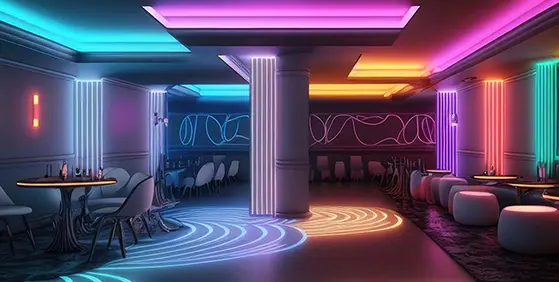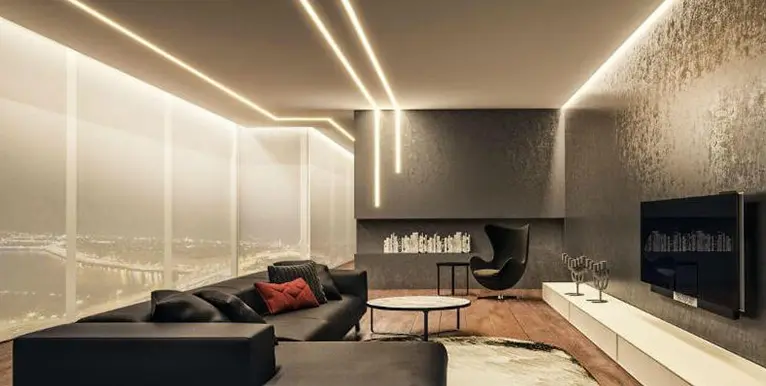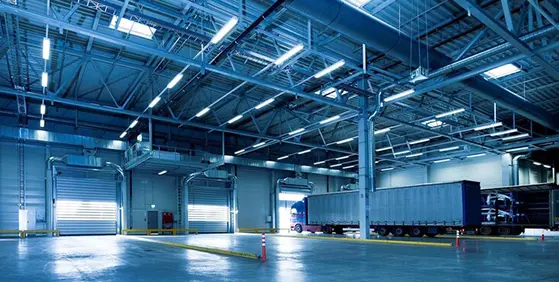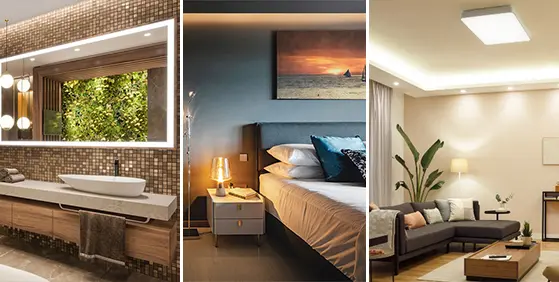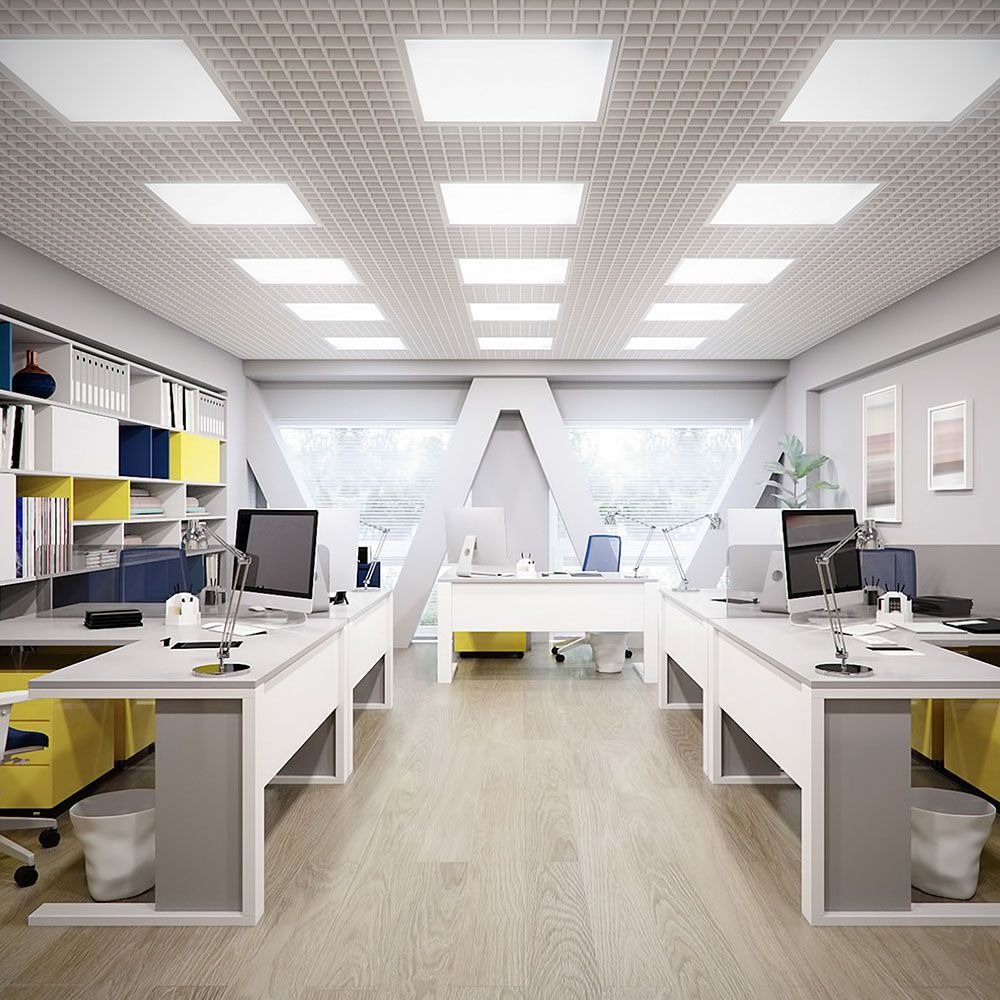How to choose the right LED Panels?
LED panels are the recommended way to replace outdated fluorescent lighting in offices, warehouses, factories, schools, restaurants, shops and homes. They’re more efficient, easier to use, quick to replace, healthier and more versatile. There are a few good reasons to continue using fluorescent bulbs in the workplace, where they’re most common, and there are opportunities to use LED panels creatively in restaurants, retail spaces and even the home.
Why Choose LED Panels?
Versatility and efficiency. We’ll talk more about efficiency later, but because LEDs are so small, they can be configured in many more ways than fluorescent tubes, or any other kind of bulb on the market. While LED panels can be used to replace a traditional panel housing a group of fluorescent tubes, they can also be circular, ring-shaped, diamond-shaped or whatever shape a lighting designer requires to make a space more vibrant and interesting.
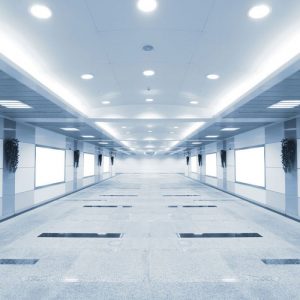
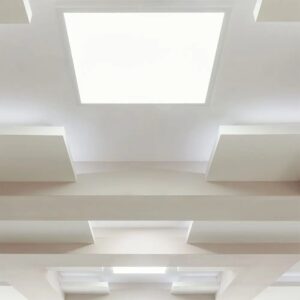
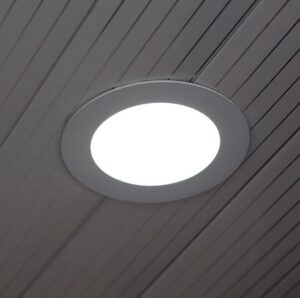
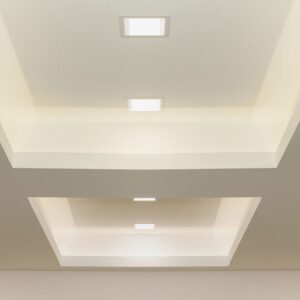
How Many LED Panels Do I Need?
The brightness of light as it reflects off a surface (so the brightness we perceive in the room, rather than the brightness the bulb emits at the source) is measured in Lumens. A 40W LED panel emits around 3,700 Lumens.
A 5m x 5m room with a ceiling height of 2.4m would require 4 such panels while a 10m by 10m room would need 16.
Benefits of LED Panels
There are multiple advantages to replacing fluorescent tube lighting with LED panels.
- To begin with, LEDs are 80% more energy efficient than fluorescents, including the more modern compact fluorescent lights (CFLs). A 40W LED panel light – which can replace 4 standard 18W fluorescent tubes – will reduce energy use by 32W, but the light itself will be brighter.
- Fluorescent tubes are made using toxic mercury. While the amount of mercury is very small and unlikely to harm you, workers in recycling and waste plants need to be protected from it when tubes are disposed of.
- LEDs are far more efficient at spreading their light. This is because LED lighting is directional, only emitting photons (light energy) at 180º. Other bulb types emit light at 360º meaning that at least half of it must be reflected and redirected downwards, losing brightness as it does so.
- Older fluorescent lighting needed time to warm up and require a voltage pulse to get them started before a “ballast” settles and reduces the flow of electricity. This leads to that annoying flicker as they start up and much higher use of electricity, especially in large offices and civic or public spaces. The ballast can emit an annoying buzz or hum that is so often associated with fluorescent lighting and they emit a low level of ultraviolet (UV) radiation which, over time, can fade dyes.
- Where fluorescent tubes are fitted into a box in the ceiling (called a trough or “troffer”), they usually result in unsightly and inefficient dark patches. Because LEDs are much smaller, they can be fitted uniformly across the box, resulting in an even light with no dark patches.
- Fluorescent bulbs burn out much faster if they’re regularly switched on and off. This means that popular energy-saving measures such as timers and motion sensors to ensure unused rooms are not being lit actually reduce lifespan and increase costs, at the same time sending more waste to landfill and raising your organisation’s carbon footprint.
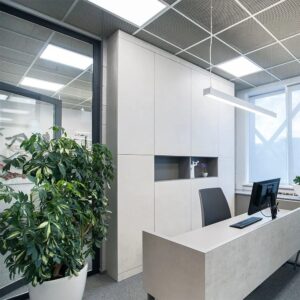
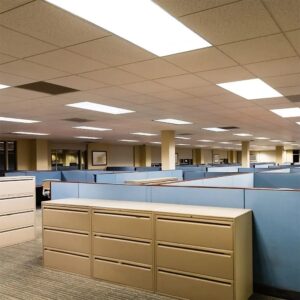
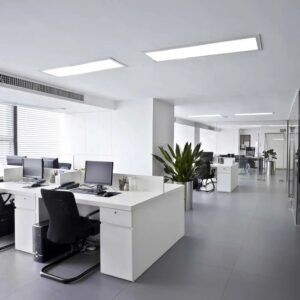
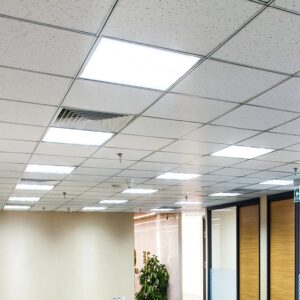
Where are LED Panels Used?
Because they emit bright white or cool yellow light over a wide area, LED panels are popular for lighting large spaces, especially offices and municipal buildings such as hospitals, libraries, sports centres and schools.
Most fluorescent lighting is recessed into suspended ceilings to hide the profile of the casing or troffer. However, due to their very low profile and lighter weight compared to fluorescents, they can also be surface mounted, making them much more flexible.
Use large LED panels to create a wall of light in a restaurant, reception area or even a dark bathroom in your home. Use circular LED panels grouped as a feature hanging light installation or create an amazing “corridor of colour” by fitting oversized, coloured LED panels on the walls and ceiling of a long narrow passageway and really make an entrance.
How do you Install an LED Panel?
LED panels are commonly just swapped out with older fluorescent troffers and are available in most standard troffers sizes. All lighting should be fitted by a qualified electrician but no special tools or additional training is required to retrofit LED panels or to install them in a new-build project.
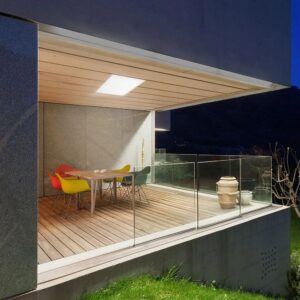
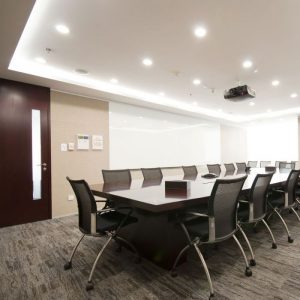
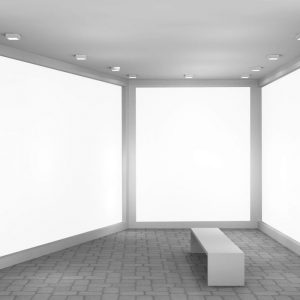
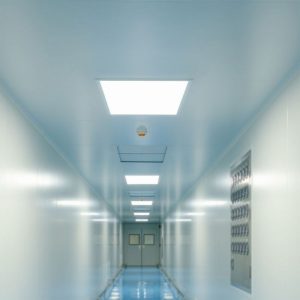
FAQs
What is the difference between an LED Troffer and a LED Panel?
A troffer is a square or rectangular light fitting, designed to sit recessed into a suspended ceiling and comes in standard sizes to match the ceiling tiles. Troffers were traditionally fitted with fluorescent tube lighting, with several tubes side by side along the length of the troffer.
Troffer lighting is sometimes used without a suspended ceiling and hung directly from a structural ceiling for a more “industrial” look.
Fluorescent tube troffers are now being replaced with LED alternatives which fit the same-sized recesses in a suspended ceiling. These LED replacements are sometimes referred to as LED troffers and sometimes as LED panels.
How does LED panel lighting compare to traditional fluorescent or incandescent light bulbs?
LED lighting uses 80% less power than a fluorescent tube, so in locations such as offices with hundreds of fluorescents, operating costs are immediately reduced, especially with increasing energy prices.
Fluorescent tubes last an average of 10,000 hours. An LED lasts from 50,000 to 100,000 hours, five to ten times longer.

